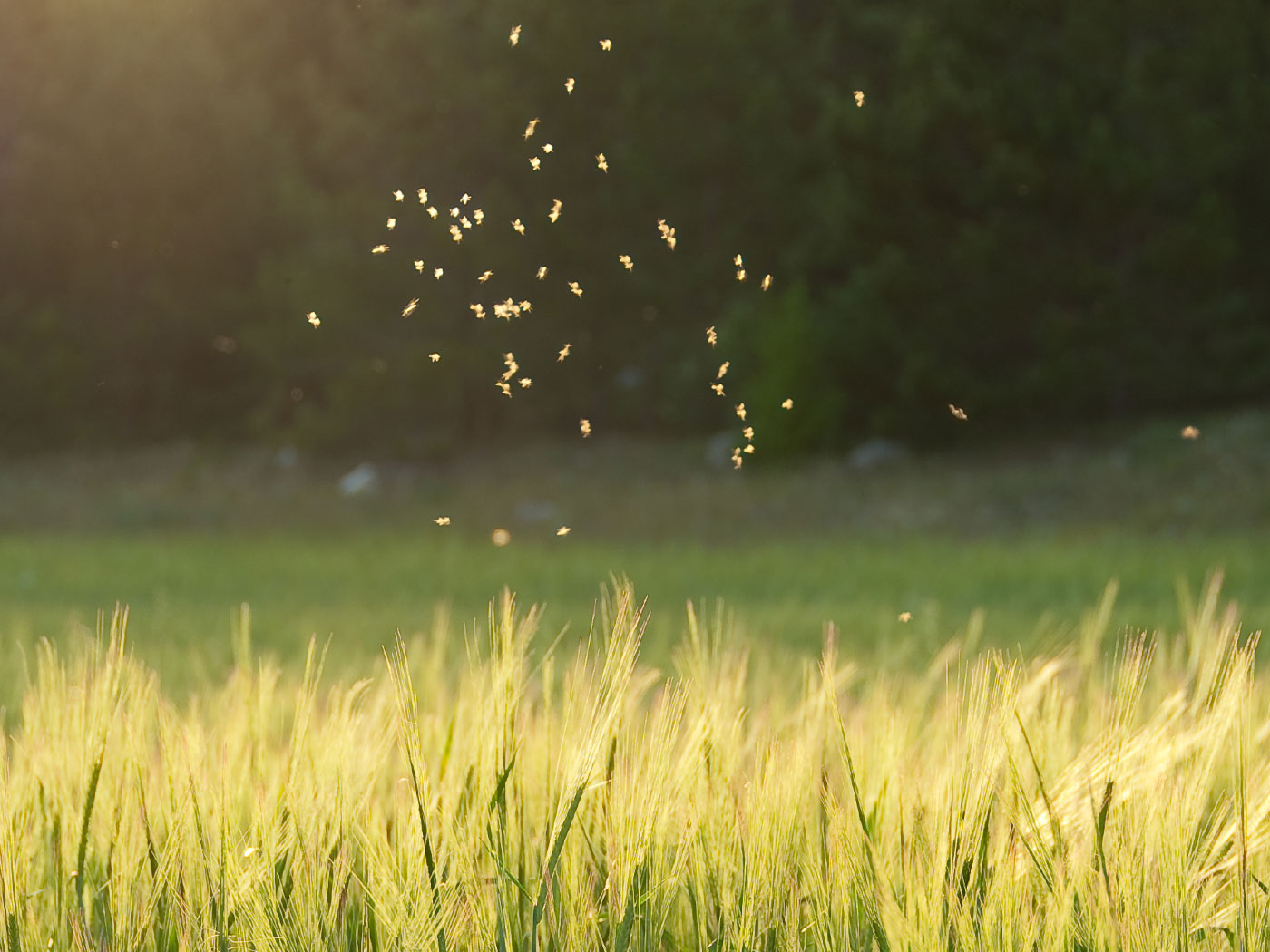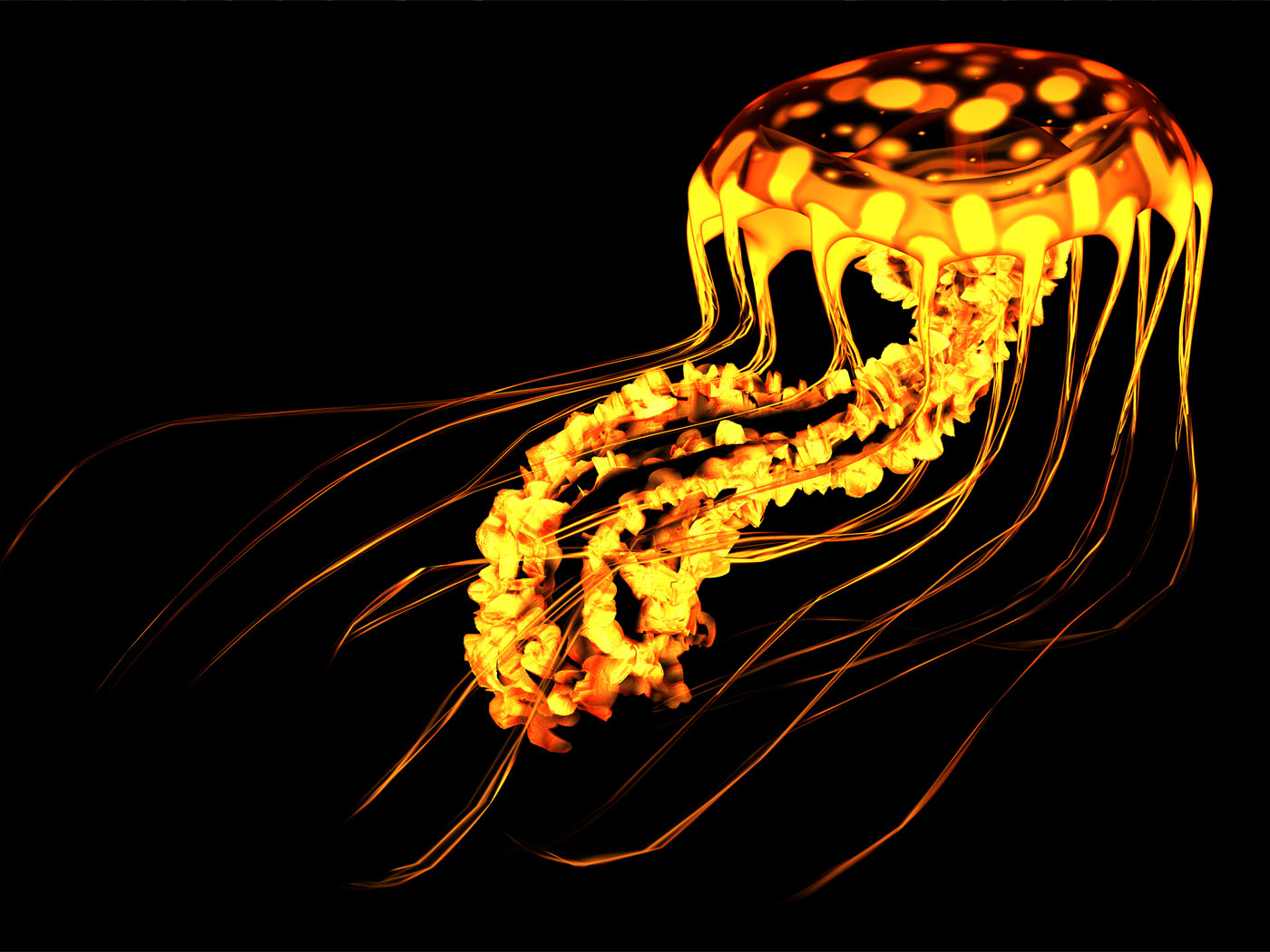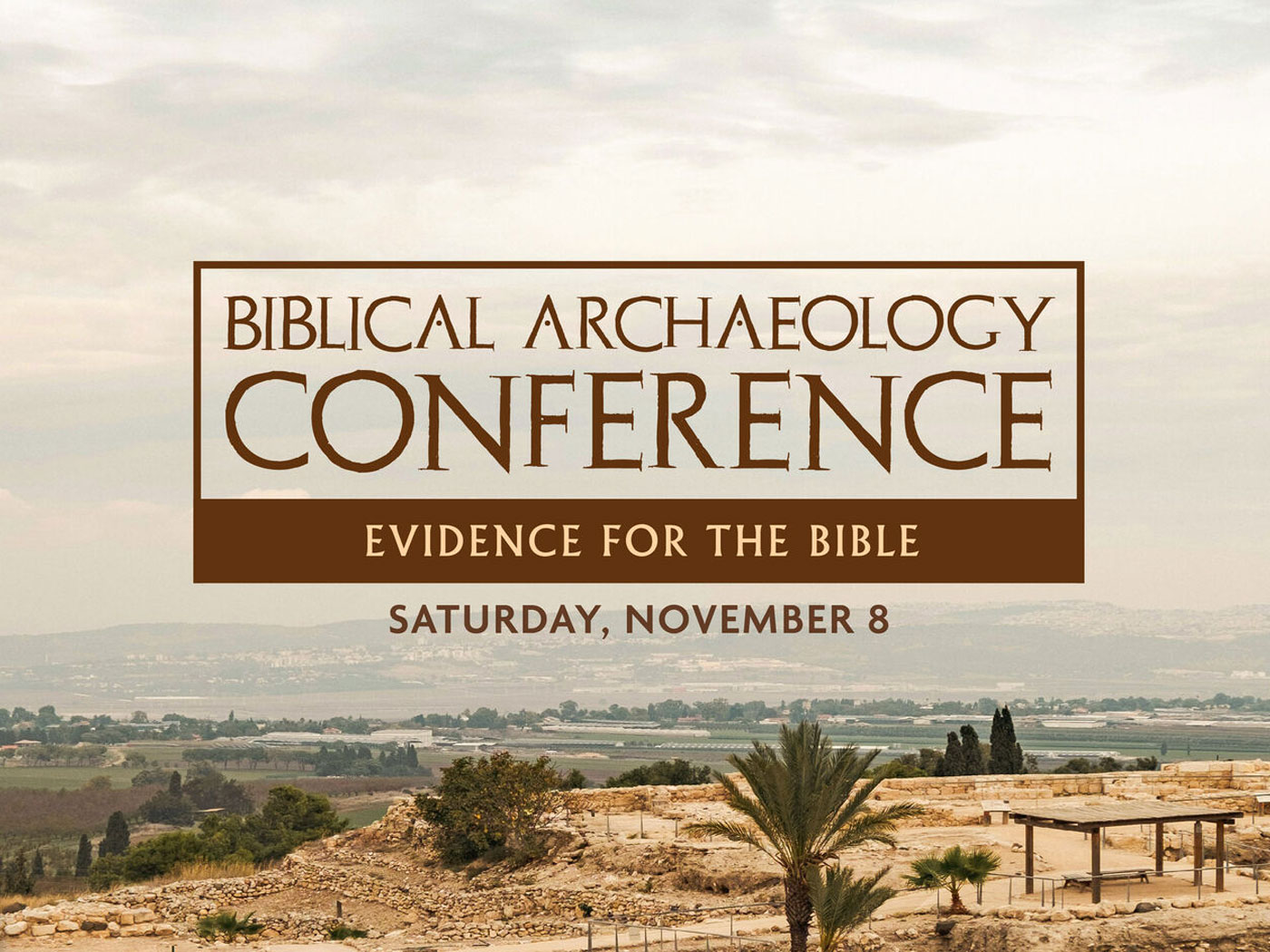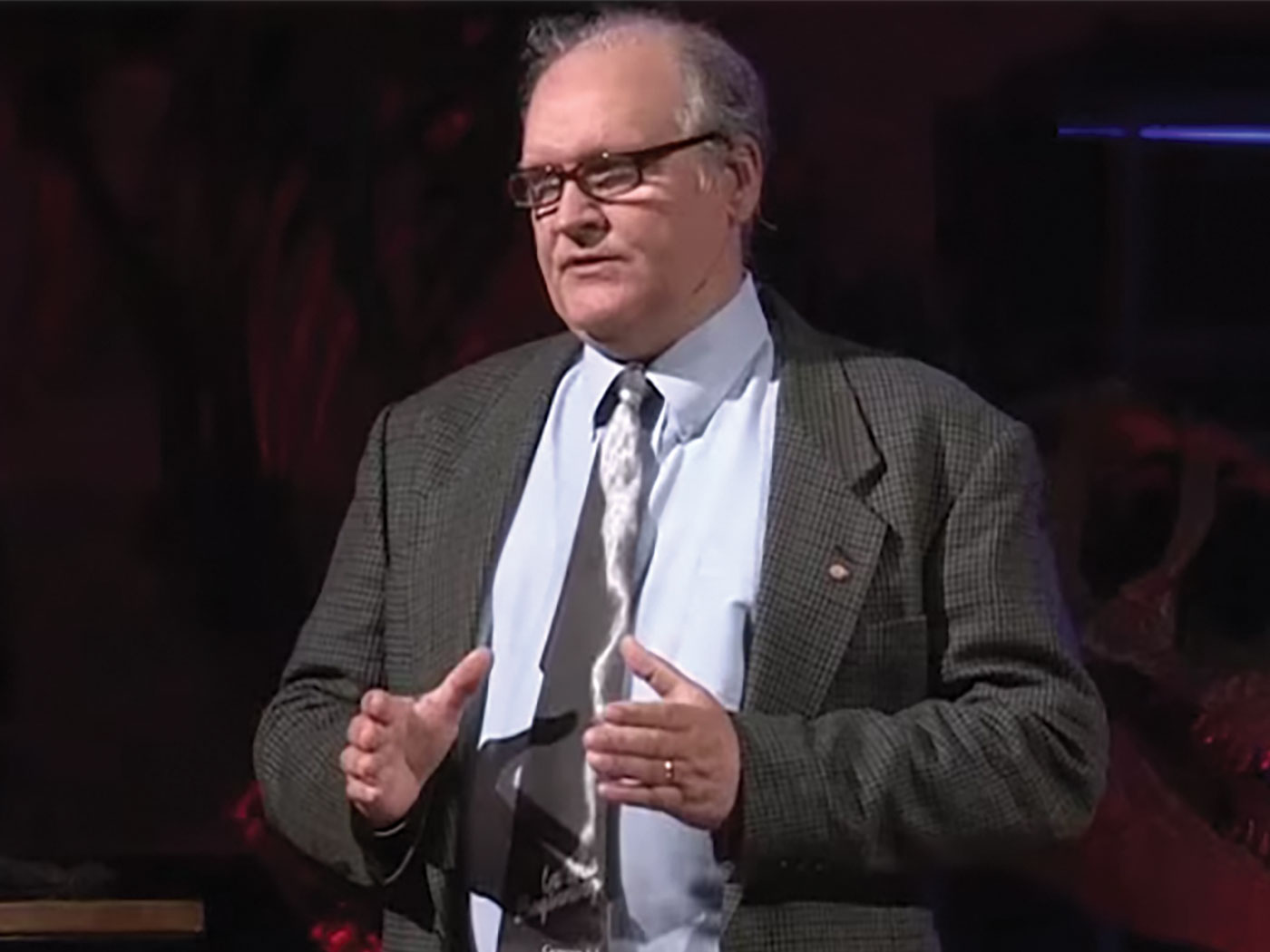“Dead flies cause the ointment of the apothecary to send forth a stinking savour: so doth a little folly him that is in reputation for wisdom and honour.” (Ecclesiastes 10:1)
This verse may well be the source of our modern phrase “a fly in the ointment,” which refers to an unforeseen drawback to something—or someone—otherwise highly esteemed. Illustrations of this abound in Scripture. For example, recall the apostle Peter. He became the outspoken leader of the early church. However, his fellow apostle Paul found a fly of hypocrisy stinking up some of Peter’s leadership, and Paul confronted him. “But when Peter was come to Antioch, I withstood him to the face, because he was to be blamed” (Galatians 2:11). This episode and today’s verse show that any of us can commit a little folly…or hopefully avoid it.
Solomon himself, the author of today’s verse and a wise king, sabotaged his great reputation. “For it came to pass, when Solomon was old, that his wives turned away his heart after other gods: and his heart was not perfect with the LORD his God, as was the heart of David his father” (1 Kings 11:4). The Hebrew word salem, translated “perfect,” means complete or whole. Sadly, in Solomon’s last days he was unholy and un-whole.
But many through the millennia have finished strong, including Peter. Other examples are Enoch, Abraham, Ezra, and Anna. “Know ye not that they which run in a race run all, but one receiveth the prize? So run, that ye may obtain” (1 Corinthians 9:24). Protect the ointment of your character from any dive-bombing flies
How? Learn to recognize folly from afar. This way, when a selfish desire entertains a foolish choice, there is already a habit of saying “no” to the flesh and “yes” to the Father. BDT

Days of Praise Podcast is a podcast based on the Institute for Creation Research quarterly print devotional, Days of Praise. Start your day with devotional readings written by Dr. Henry Morris, Dr. Henry Morris III, Dr. John Morris, and others to strengthen and encourage you in your Christian faith.
























